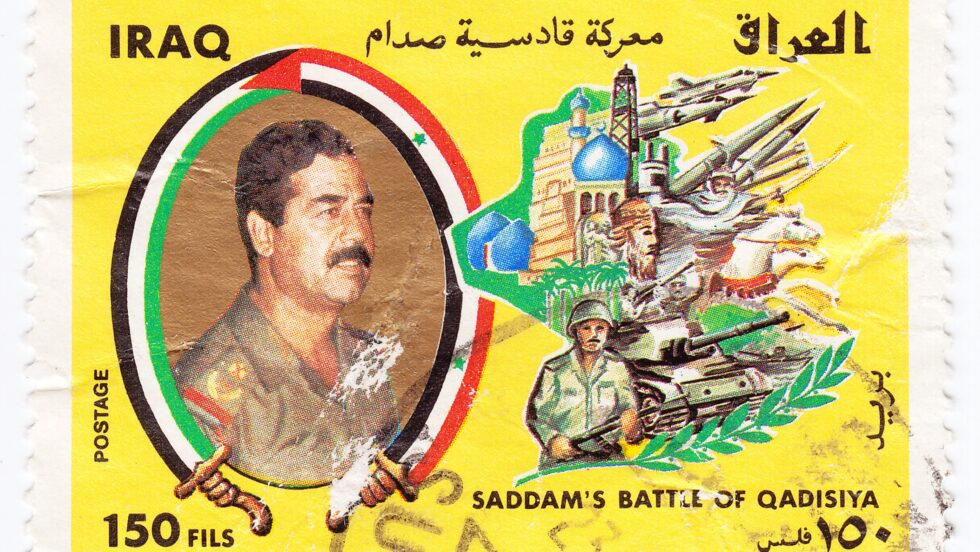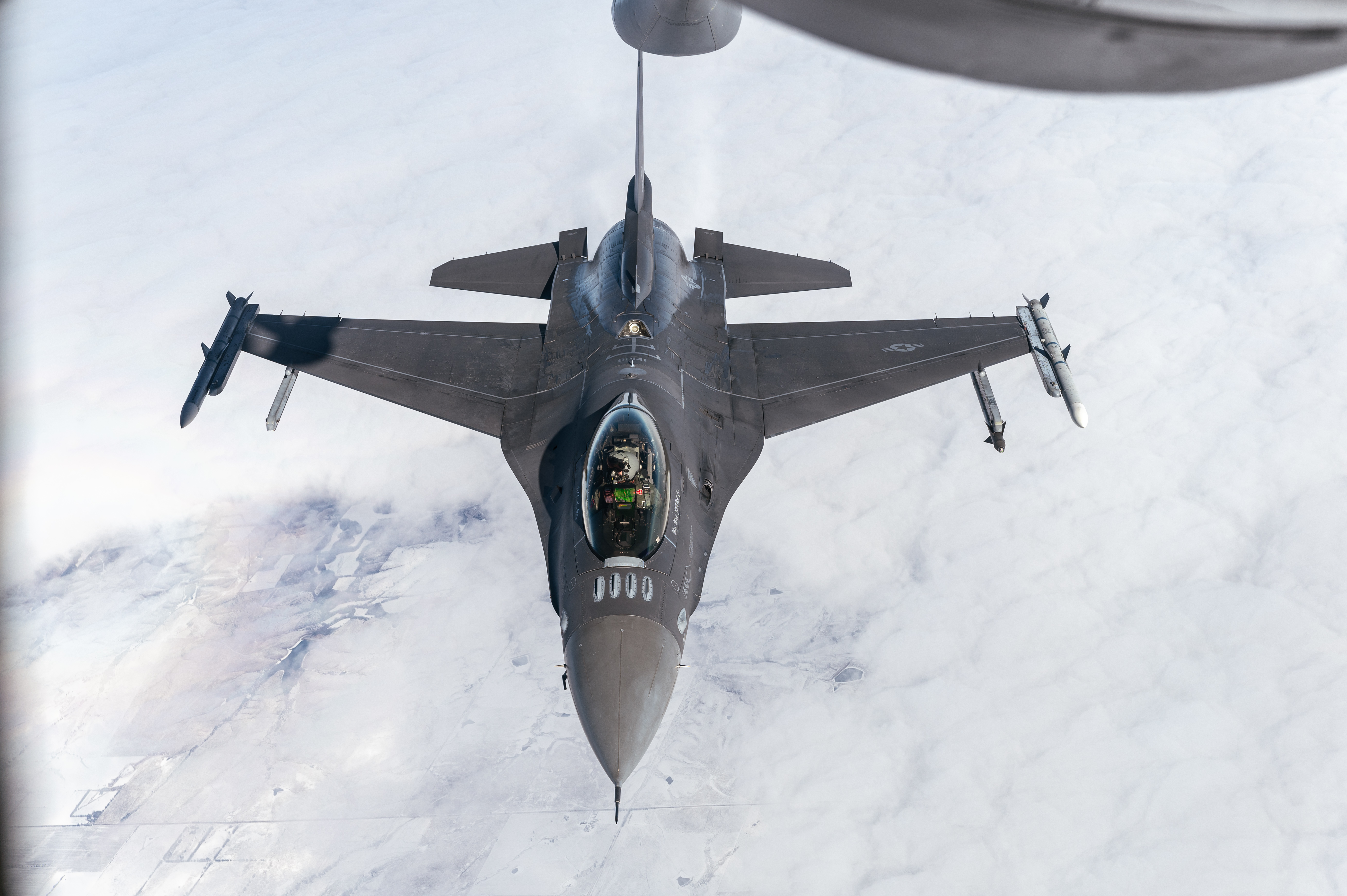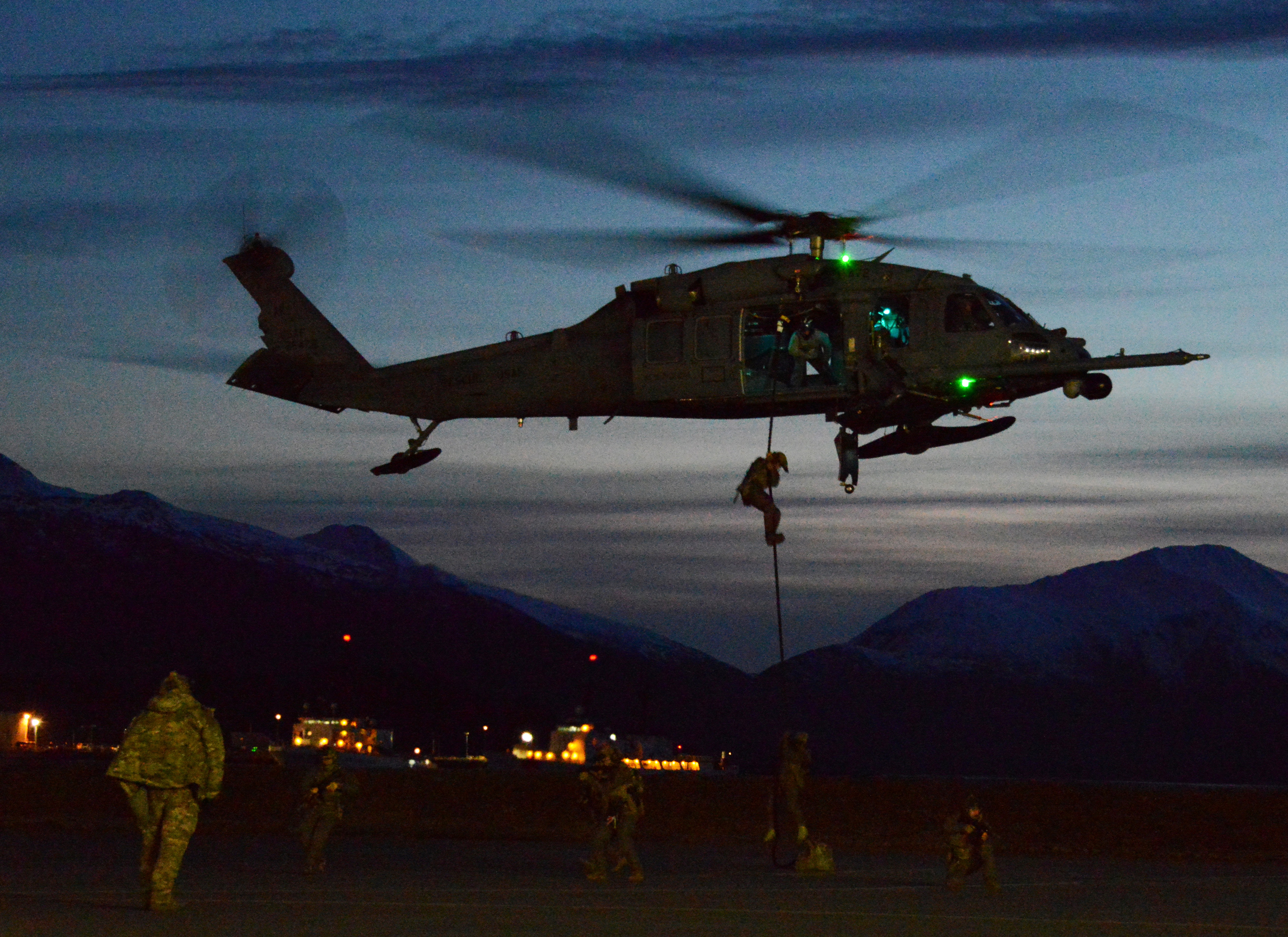Apparently the internet forgot Saddam Hussein sucked
Recently, former President George W. Bush flubbed when calling the invasion of Ukraine unjustified, and initially said “Iraq.” He quickly acknowledged the gaffe, but the internet pounced.

In hindsight, the decision to invade Iraq was murky at best. The scope of Iraq’s Weapons of Mass Destruction (WMD) capacity was far less than initially projected. US troops did find nearly 5,000 chemical warheads, aviation bombs, and shells, according heavily redacted intelligence documents obtained using the Freedom of Information Act. Although no nuclear weapons were found, the internet seemed to forget that was not the only reason the international community wanted Saddam Hussein ousted from power.

Iraqi civilians drag a statue of Saddam Hussein down the streets of Baghdad, Iraq, 2003 (DOD archives)
Civilian attacks
Dujail Massacre
In 1982, a failed assassination attempt of Hussein led to brutal reprisals against the city of Dujail. Hussein ordered, more than 247,000 acres of orchards and palm groves to be destroyed and mass arrests of men, women, and children. This led to the deaths of 148 men and boys, many who died during barbaric interrogation. Witnesses would later testify, at Hussein’s trail, they were tortured and sexually assaulted by interrogation forces. Of all the brutal acts Hussein was accused of, this incident was considered to be the main reason for his eventual execution.
Kurds in the North
After the fall of the Ottoman Empire, the Kurdish people suffered brutal treatment, particularly in Iraq. Over the next few decades, many were murdered, and buried is mass graves. This came to a peak in 1988, when Hussein deployed poison gas on the Kurds in Halabja. This resulted in thousands of civilians, men women and children, dying horrific deaths.
This one attack alone killed nearly 5,000 civilians initially, and injured nearly 10,000 more. Although, the true cost of this attack will never be known, as the unidentified nerve agents used would plague the victims health for decades to come.

Marsh Arabs in the South
In 1991, over 250,000 people lived in a region considered a “possible location of the Garden of Eden” in the fertile crescent. The culturally unique group of Shi’a Arab tribes lived in this region for five millennia. Their entire way of life was dependent on the marshlands created from the Tigris and Euphrates rivers joining in southern Mesopotamia, now Iraq.
However, they were targeted by Hussein for supporting political advisories. Iraqi forces blocked water sources and the land dried up. Thus, devastating what was once the largest wetland ecosystem in the Middle East. By 2008, only 20,000 people remained in the area. This was not only disastrous for an ancient civilization, but an cruel decimation of one of the most unique ecosystems on the plant.
“The evidence shows that the Iraqi regime under Saddam Hussein carried out concerted and planned actions that targeted and destroyed the Marsh Arabs as a group: military attacks that killed and injured large numbers of civilians, and exhaustive draining of the marshlands in order to create conditions in which the group could not survive. Consequently, the Marsh Arabs are on the verge of extinction, clearly victims of genocide.” – Baroness Emma Nicholson, British member of the European Parliament
Iran-Iraq war
In 1980, Hussein invaded neighboring Iraq and the death toll was staggering. Estimates range from 500,000 to 2 million dead, with Iran suffering the majority of the loses. Iraq was also accused of using chemical weapons on Iranian troops, and civilians. The last prisoner exchanges did not occur until 2003, the same year Saddam Hussein was been deposed. The conflict was devastating for Iraq’s economy. Despite this, Saddam continued to spend lavishly on his own comfort and met any criticism with extreme violence.
US reverses support with Operation Desert Storm
According to the U.S. Department of Defense:
On Aug. 2, 1990, Saddam Hussein led a well-equipped Iraqi army into Kuwait, a major supplier of oil to the United States.
The U.S. had supplied Iraq with military aid during its eight-year war with Iran, giving Iraq the fourth-largest army in the world at that time. This posed a threat to Saudi Arabia, another major exporter of oil. If Saudi Arabia fell, Iraq would control one-fifth of the world’s oil supply. The Iraqi leader also was repeatedly violating United Nations resolutions, so the U.S. had U.N. support in responding to Iraq’s invasion of Kuwait. –Shannon Collins
35 countries supported Operation Desert Storm, and Hussein’s forces were ousted from Kuwait.
Assassination attempt of President Bush
According to the Department of Justice:
In April 1993, former President George Bush visited Kuwait to commemorate the victory over Iraq in the Persian Gulf War. During Bush’s visit, Kuwaiti authorities arrested 17 people allegedly involved in a plot to kill Bush using a car bomb.
The United States sent various personnel to Kuwait to investigate the alleged assassination attempt. Based on interviews of the alleged coconspirators, forensic examinations of the explosive devices, and intelligence reports, the United States Government concluded that Iraq was behind the attempted car bombing. In response, on June 26, 1993, President Clinton ordered a cruise missile strike against an Iraqi Intelligence Service (IIS) building in Baghdad. A Kuwaiti court later convicted all but one of the defendants charged with crimes arising from the assassination attempt.
Operation Iraqi Freedom
In 2003, a US-led, albeit far less popular, coalition invaded Iraq and quickly defeated Iraqi defense forces. Once Hussein was captured, he was eventually put on trail by the Iraqi Special Tribunal. His indictment carried the following charges for crimes against humanity:
1. Anfal campaign against Kurds in the late 1980s;
2. Gassing Kurds in Halabja in 1988;
3. Invasion of Kuwait in 1990;
4. Crushing Kurdish and Shi’a rebellions after the 1991 Gulf War;
5. Killing political activists over thirty years;
6. Massacring members of Kurdish Barzani tribe in the 1980s; and
7. Killing religious leaders in 1974.
3 years after being captured, the former dictator was found guilty. 9 days later, Hussein was executed, along with several members of his cabinet. This day was marked by many Iraqis celebrating with gun fire and dancing in the streets. A large number of Iraqi-born Americans who had fled Saddam expressed bittersweet emotions over the tyrant’s execution. Many took the opportunity to mourn loved ones tortured or killed by Saddam, and express fear for the country’s future.
Rauf Naqishbendi, an Iraqi Kurd who immigrated to the U.S. in 1970’s, told reporters, “Psychologically, the execution is good news, and people will feel that justice has been served…. But the reality is that it’s not going to bring back my family members who he killed.”
Editor’s note. This article is not to be misconstrued as support for the invasion, but it stands as an accounting of why the concept was popular at the time. I cannot speak for everyone, but during my deployments to Iraq, an alarming number of civilians expressed their relief that Hussain was deposed and I heard dozens of first hand accounts of brutalities committed by the regime.






